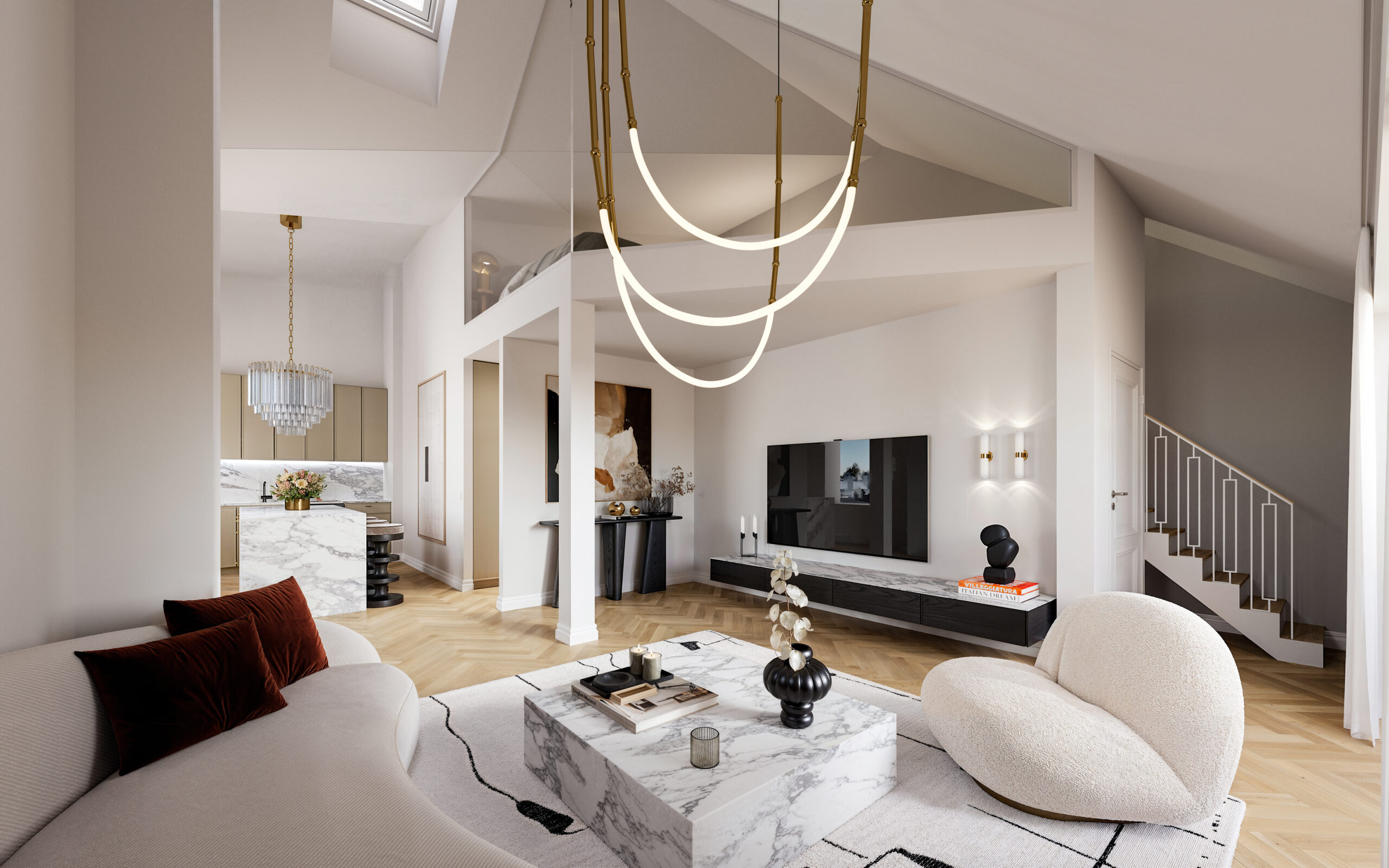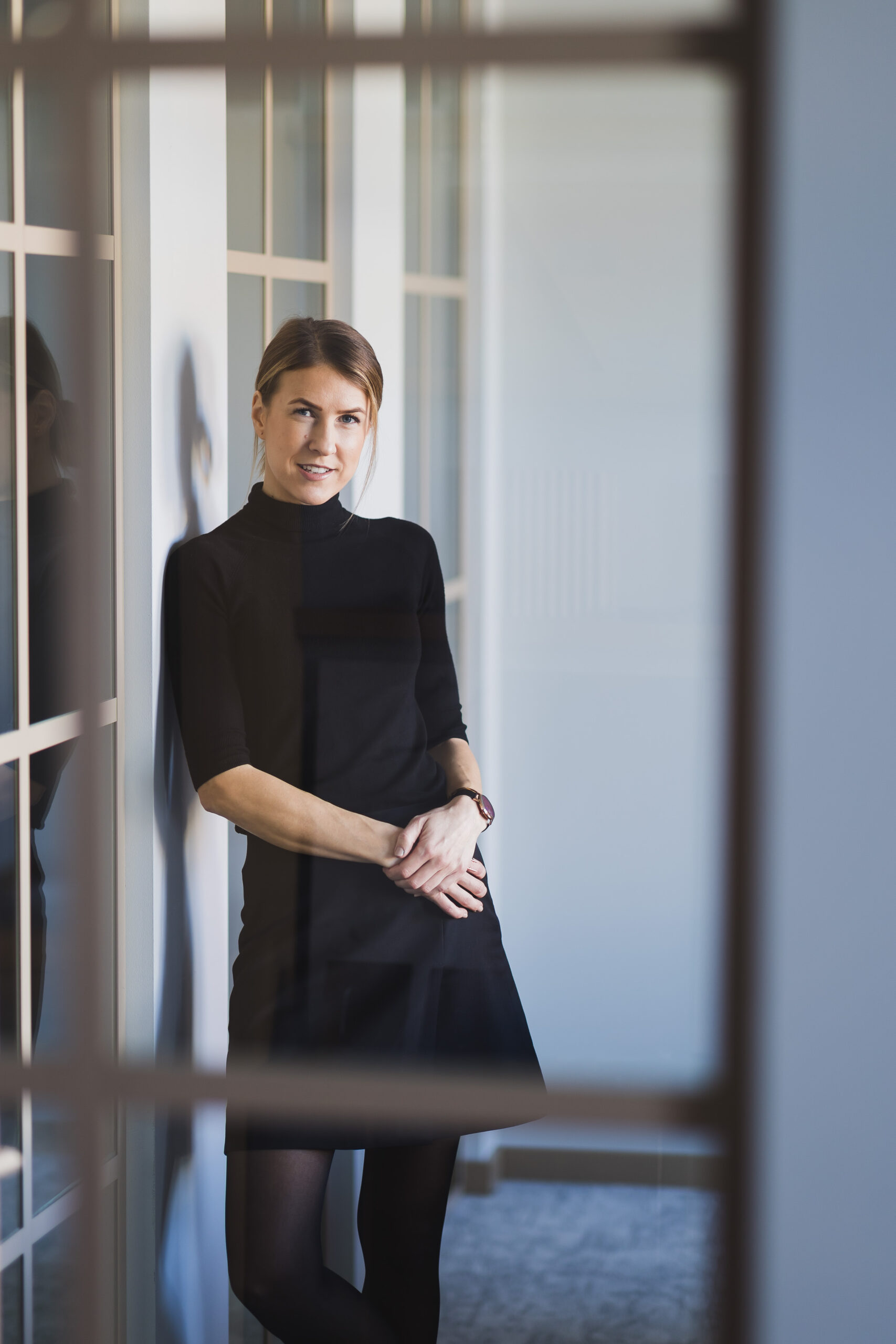Just like a tailored suit guarantees the best result, so does collaboration in home creation. When the developer, builder, and interior architect work together from the very beginning, the outcome is high-quality, stylish, and long-lasting.
Why Involve an Interior Architect When Creating a Home?
-
WORDSDAISY KIIDRON, ANETT PETTAIG
-
PICTURESSILVER GUTMANN, YELLOW STUDIO

In modern home development, the role of the interior architect has become increasingly important. They are the ones who help prevent costly mistakes, ensure a beautiful and functional whole and act as a bridge between architects, designers, and builders. Buying a home is an investment that relies on the smooth cooperation of various specialists. Eva-Mai Sõrmus, an experienced interior architect, shares their insights on how early and close collaboration gives you the freedom to design a home just the way you’ve always dreamed.
The Interior Architect – Expert in Trends and Technical Solutions
An interior architect is much more than just a room planner or designer – they are a professional well-versed in both international design trends and technical innovations. Their work focuses on functionality, coherence, and carefully considered spatial layouts that support real-life needs. While an architect develops the overall building concept, the interior architect focuses on how people will actually live in the space. “When planning a kitchen, every step must be considered – from the fridge to the sink and then to the oven. This way, working in the kitchen becomes practical and convenient,” explains Eva-Mai.
Interior architects deal with details that often remain invisible to the client, but are crucial for a well-functioning home – electrical systems, lighting, ventilation, and built-in furniture. It is their job to ensure that all components are compatible and integrated into a harmonious whole.

Early Involvement Helps Create Unique Spaces
The best time to involve an interior architect is right after the base plan is completed and definitely before the planning of electricity, ventilation, and lighting. “First, the architect sets the base plan, and then I begin to develop the layout,” says Eva-Mai. Their experience shows that early cooperation between the interior architect, architect, designer, project manager, and builder helps position all necessary systems and find clever, functional solutions that might otherwise be overlooked. Involving an interior architect early makes it possible to look beyond the standard project and reflect the residents’ unique lifestyle and needs.
For example, a client may want a private toilet in the bedroom. Such a custom solution is possible only if it’s planned in the early stages with the interior architect. Many modern solutions also require early planning during construction – such as wall-mounted faucets, floor sockets and power and water systems for kitchen islands. Eva-Mai provides an example: “If you want a power connection in a floor box under your desk, this must be in place when the concrete is poured. Installing it later is difficult and expensive.” So – it all starts with a well-thought-out plan, down to the smallest detail.
The Key Word is Collaboration

Construction work often relies on standard solutions familiar and practical for the builder, but they don’t always match the client’s expectations. New products and technologies recommended by the interior architect may initially seem complicated. However, Eva-Mai’s experience shows that when builders get the chance to work with new solutions, their skills and confidence grow. For example, installing large 3-metre ceramic tiles used to seem difficult, but now it’s a skill that builders proudly include in their portfolios. Thanks to working with interior architects, builders are also more open to trying special solutions.
Cooperation between the interior architect and the builder is also vital for ensuring a smooth process and well-timed decisions. Choosing fixed lighting may seem like a purely aesthetic choice, but in reality, it also requires the creation of an electrical plan.
Regular communication helps the interior architect understand the construction schedule, which in turn allows timely decisions on materials and solutions. “The interior architect must know at what stage the builder needs a specific product, which helps avoid unexpected delays,” explains Eva-Mai. “Good collaboration ensures that both practical and aesthetic goals are achieved as one cohesive whole.”
Livida’s Experience – Freedom of Choice and Convenience
Eva-Mai sees Livida, a property developer, as a model of best practice. Their goal is to create a lifestyle-oriented environment through the symbiosis of interior architects and project managers. Working under one roof allows for quick resolution of arising issues. “Usually, specialists are in different locations and communication is slow, but we can address current topics immediately,” explains Eva-Mai, Livida’s in-house interior architect.
When purchasing a Livida home, clients can choose from three options – easy, premium, and personalised. It’s worth noting that the interior architect is involved from the very beginning in all three packages. However, the personalised option allows clients to design a home together with Eva-Mai, based entirely on their wishes and dreams. In all cases, the result is a home that is both aesthetic and practical – a space that reflects the client’s personality and supports their own rhythm of life.
Livida is an Estonia property developer that’s dedicated to simplifying the process of buying and designing homes. Currently, apartments are available in two Livida developments – Radhaus on Tartu Town Hall Square and Resident next to the Aparaaditehas creative centre.